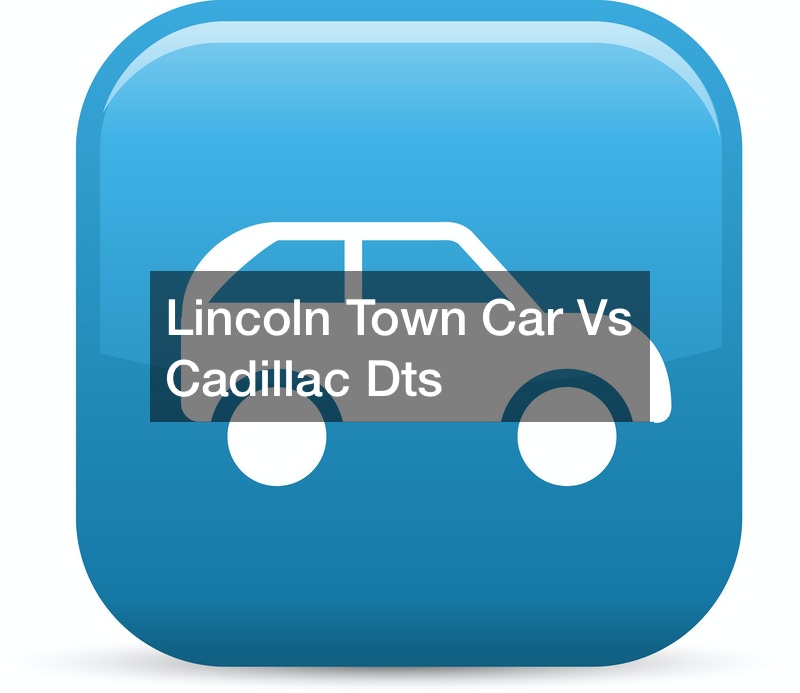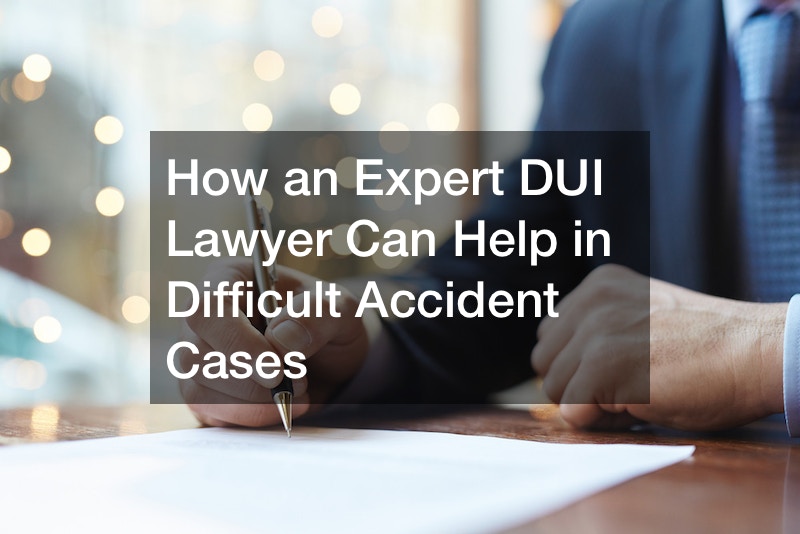Do I Need Windshield Replacements or Repairs?


A chipped or cracked windshield always raises the same question: fix it now or wait and see. The right call affects safety, visibility, and even how well your vehicle’s advanced features work. Small flaws can spread quickly with heat, cold, or a hard bump, so timing matters. Understanding the factors professionals use will help you decide confidently between a simple repair and full windshield replacements without guessing.
Damage Size And Type
Size is a good first filter. As a rule of thumb, a chip smaller than a quarter or a crack shorter than a few inches can often be repaired, provided the damage is not too deep.
Star breaks and bull’s-eyes are commonly fixable when caught early, while long, branching cracks are less cooperative. Depth matters, too. If the damage penetrates past the outer layer of glass, a technician is more likely to recommend replacement for lasting strength.
Where The Damage Sits On The Glass
Location changes everything because it affects clarity and structural stress. Damage directly in the driver’s line of sight is held to a higher standard, since even a well-done repair can leave slight distortions. Cracks that reach the edge of the glass are also risky, because the edge is under constant tension and more likely to spread. If your chip sits near sensors or along the perimeter, a shop may lean toward windshield replacements to prevent future spreading and visibility issues.
Safety And Structural Considerations
Your windshield does more than block wind and bugs. It helps support the roof and works with airbags during a collision. A compromised pane can reduce that support, especially if the crack is large or growing. Technicians look at how the damage interacts with stress points and whether a repair would restore enough integrity. When in doubt, they will favor windshield replacements because structure and occupant protection come first.
ADAS Sensors, Cameras, And Calibration
Many newer vehicles rely on cameras and sensors mounted near the windshield for lane keeping, collision warnings, and automatic braking. Any work on the glass can shift those components by fractions of a millimeter, which is enough to confuse the system. Some repairs are fine, but replacements typically require post-installation calibration to realign everything. Ask your shop whether your model needs static or dynamic calibration and confirm they can perform it in-house or through a trusted partner.
Cost, Insurance, And Downtime
Repairs are usually faster and less expensive than replacement, and many insurers even waive deductibles for repairs to encourage quick fixes. A full replacement costs more, takes longer, and may involve ordering specific glass for your trim. Still, when clarity or strength is in question, windshield replacements can be the better value because they prevent repeat visits and restore like-new performance. A reputable shop will walk you through pricing, coverage, and scheduling so you can compare total costs, not just the sticker price.
When Repair Is A Smart Choice
Choose repair when the chip is small, clean, and away from the driver’s direct view and glass edges. The process injects resin into the damaged area, restores optical clarity, and stops cracks from migrating. You gain back visibility, preserve the original factory seal, and get back on the road quickly. For fleets, delivery drivers, and busy families, timely repairs keep vehicles in service and reduce the chance that a small flaw becomes a replacement-level crack.
When Replacement Is The Safer Call
Go with replacement when the crack is long, reaches the edge, or sits in the primary viewing area where clarity must be perfect. If you see multiple chips, severe pitting, or white haze from delamination, the glass has likely aged beyond repair. Vehicles with heavy ADAS integration often benefit from windshield replacements because new, OEM-spec glass ensures correct sensor performance after calibration. In short, replacement removes lingering doubt about strength and sightlines.
Care After Service And How To Prevent Spread
After a repair or replacement, follow the tech’s instructions closely. Avoid car washes for a day, leave a small gap in a window to equalize pressure, and steer clear of slamming doors that can jolt fresh seals. To prevent damage from growing before your appointment, keep the area clean and dry, and place clear tape over a chip to block moisture. Drive gently over rough roads, and avoid rapid temperature swings, which can make cracks run.
Look for certified technicians, quality glass that matches your vehicle’s specs, and clear explanations of warranties. Ask about calibration capabilities if your car has cameras or sensors behind the glass. A good provider will inspect the damage, explain repair limits, and tell you plainly when windshield replacements are the safer route. With the right guidance, you can balance cost, safety, and convenience, and keep your view ahead sharp and secure.


